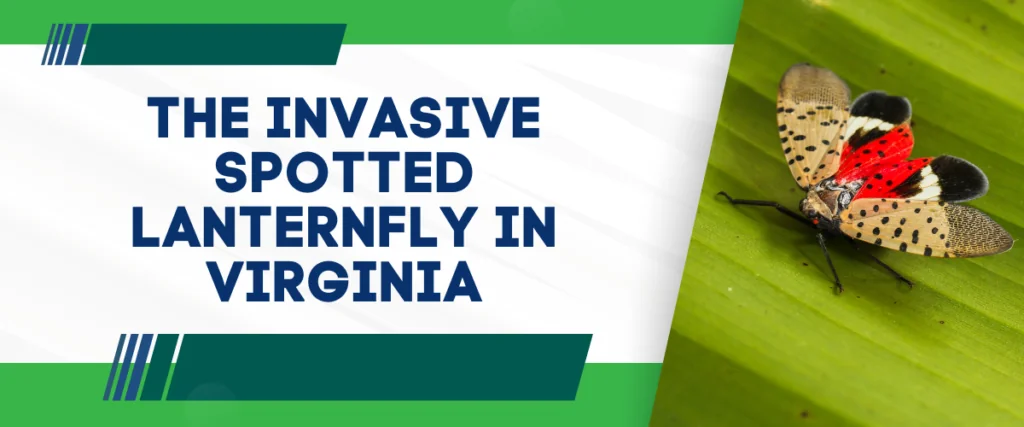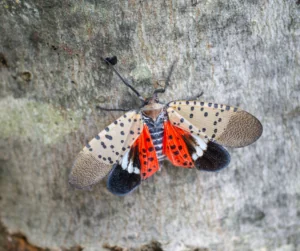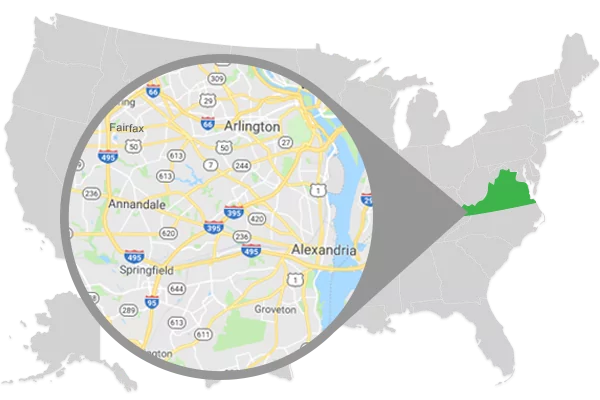
While some bugs are essential for the environment and must be protected like bees, some bugs are an invasive pest that should be killed whenever it is encountered. A great example is the Spotted Lanternfly, an invasive species of insect that has taken hold in the Eastern United States. Spotted Lanternflies are native to China, and were first brought to the US in 2014, in Berks County, Pennsylvania. Spotted Lanternflies are known to be incredibly dangerous to crops and plants. They will feed on fruits and nuts like grapes, apples, walnuts and plums, as well as on hardwood trees like maple trees, oak trees, pine trees, willow trees and more. The State of Virginia has set up a quarantine in the Northwestern part of the state to prevent the spread of the Spotted Lanternfly. Citizens are encouraged to destroy every Spotted Lanternfly they see, as well as any masses of eggs. Citizens are also encouraged to report any sightings of Spotted Lanternflies outside of designated quarantine areas. If you have Spotted Lanternflies, a licensed pest control company like Summit Pest Control can help eliminate the population and save your plants.
What is the Spotted Lanternfly?

Spotted Lanternfly Damage

Spotted Lanternfly Quarantine in Virginia

- Albemarle County
- Augusta County
- Carroll County
- Clarke County
- Frederick County
- Page County
- Prince William County
- Rockingham County
- Rockbridge County
- Shenandoah County
- Warren County
- Wythe County
- City of Buena Vista
- City of Charlottesville
- City of Harrisonburg
- City of Lexington
- City of Lynchburg
- City of Manassas
- City of Manassas Park
- City of Staunton
- City of Waynesboro
Travelers passing through the quarantined areas are encouraged to check their bags and vehicles for nymph and adult Spotted Lanternflies, as well as any Spotted Lanternfly egg masses. Businesses in the quarantined area are required to obtain a permit from the Virginia Department of Agriculture and Consumer Services, and inspect all regulated articles that are leaving the quarantined area to ensure they do not contain the Spotted Lanternfly in any life stage. This can include plant matter like live or dead trees, nursery stock, green lumber, firewood, logs, perennial plants, garden plants, produce, stumps, branches and mulch. Outdoor household articles must also be inspected, like recreational vehicles, lawn tractors, mowers, grills, grill or furniture covers, traps, mobile homes, tiles, stone or deck boards. Outdoor industrial or construction materials or equipment should also be inspected. Some examples include concrete barriers or structures, quarry material, ornamental stone and concrete, construction, landscaping or remodeling waste. Wood crates and boxes must also be inspected.
Spotted Lanternfly Control Methods
There are several ways to control the population of Spotted Lanternflies on your property. The first, and easiest way, is to squash or stomp any specimen you see. Scraping egg masses off of trees and other surfaces into a plastic bag filled with hand sanitizer and disposing of it properly can destroy the egg mass, preventing a new population from hatching. Identifying and destroying egg masses is one of the most effective methods of Spotted Lanternfly control. Licensed pest control professionals can also aid in removing Spotted Lanternfly populations from your home or business. Summit Pest Control offers the best professional, licensed pest control in the Alexandria, Arlington, Fairfax and Fredericksburg areas. Contact us today for a FREE estimate!












